Back in 1992, I spent a most interesting day with McLaren F1 project Technical Director, Gordon Murray, and Chief Designer, Peter Stevens, at McLaren’s headquarters in Woking, England.
The Grand Prix season was at its height, so the Formula One racecar section was off limits, but that did not matter, as my visit was to see the $1 million road car carrying the F1 badge for McLaren.
Firing up the 627bhp 6,064cc V12 today brings the memories flooding back to my day at McLaren, when we did the same thing in their workshop before hitting the road. Back then, I was in awe of what was shaping up to be the fastest supercar in the world by far.
That claim has since been tempered by a long list of challengers from Germany, Italy and even Sweden. Yet most of the uber-supercars have fallen short of the amazing 386.5km/h (240.14mph) top speed achieved in June 1998 by McLaren F1 test driver and Le Mans ace, Andy Wallace, co-incidentally one of my own racing school instructors. Only in 2004 did the record finally fall to first the Koenigsegg CCR and then the Bugatti Veyron in 2005.
In the end, only 100 McLaren F1s were made, 65 road cars, 5 LMs, 3 GTs and the rest were GTR racecars. Production began in 1993 and ended in 1998. The motorsport tie-up between McLaren and Mercedes-Benz brought the F1 project to an end as Mercedes found it untenable to have McLaren building a supercar powered by a BMW engine.
The McLaren F1 was launched into a flurry of interest from the press and car enthusiasts worldwide but nothing endorsed its credentials better than the 24 Hours of Le Mans victory in 1995 when the McLaren F1 finished 1st, 3rd, 4th, 5th and 13th on its debut outing. This was an unprecedented achievement for an all-new type.
While the separation between road going sportscars and race cars had been growing wider over the years, especially since the 1960s, the fact that the McLaren was conceived as a practical road car for three with a reasonable amount of bespoke luggage on board spoke volumes for its abilities. This was underlined by the fact that the racecars were not all that different, having in fact almost the production motor.
The key to the McLaren F1s abilities on both road and track lie in its concept. As Gordon Murray explained to me in 1992, “The prime directive for the McLaren F1 project can be summed up in four words – small, slim, light and powerful. It is a drivers’ car first and foremost, and a car for driving.”
The McLaren F1 is about the length of the Porsche 911 of its day, but significantly wider to encompass three abreast seating. Yet it is still anything up to a foot narrower than the widest major league supercars. “The central driving position alleviates placement problems on the road, and indeed the cost of making right and left-hand-drive versions,” said Gordon.
So rigorous was the weight paring schedule that wheel maker OZ Racing was asked to shave the 14kg (31 lb) weight of its aerospace grade magnesium alloy wheel as best as they could without losing strength in the wheel. They achieved a phenomenal 30 percent reduction in the production wheel! Even the weight of the tool kit merited the same level of attention.
Lightness is not its only virtue. The McLaren F1 bristled with tomorrow’s technology. Ideas that its designers thought would have mass market appeal in the near future included the miniaturization of a host of common automotive components from the transmission to the in-car entertainment and its unique front and rear suspension configurations.
Even the laminated glass with its significant compound curvature has an inner membrane that both heats and tints the glass. This also helps de-ice the glass seven times faster than average in cold weather while cutting ultra-violet light intrusion by a dramatic 85 percent.
The McLaren F1 is more functional in appearance and far from the ravishing beauty like the Lamborghini Diablo or the Jaguar XJR-15 of its era. Its outline is sharp, but the smallish size of the car means that the detailing tends to make it look a bit busy.
On the other hand, when you analyse what is there, it is so clever, so purposeful and so good, it showcases the pure genius that makes Gordon Murray and Peter Stevens the best in the business.
In its proportions, the McLaren F1 bears more than a passing similarity to a Ford GT40. “This was not intentional,” explained Peter Stevens, “but we certainly did not want to produce a 1992 design that would date the car. Rather, our objective was to create a shape that would be classic in its proportions to stand the test of time. We were neither trying to build the fastest car or the most slippery, but one whose styling was not to be compromised by aerodynamics and one with tremendous stability under all conditions.”
When a car brakes heavily, the centre of pressure rushes forward, lightening the load on the rear and creating instability. On the McLaren, the pop-up rear spoiler takes on a 30-degree angle of attack to the horizontal during heavy braking that helps to keep the centre of pressure central, spreading the braking loads equally across the four wheels.
The central monocoque and the body panels are made from carbon composites. Most primary structure panels are double skinned and stiffened by aluminium honeycomb. The result is immense torsional and bending stiffness and low weight. All up, the McLaren F1 weighs just 1,138kg, 60 percent less than a Diablo or Testarossa of its period and a massive 750kg less than the Bugatti Veyron!
This minimal movement of mass has helped the design of the suspension immensely and enabled it to be calibrated to avoid big geometry changes. On the face of it the suspension looks fairly conventional with double wishbones at each corner and a front anti-roll bar.
The springs are rated much softer than you might imagine for a supercar. However, thanks to exemplary matching with the dampers, the result is a firm but supple secondary ride with iron fisted control at speed.
The mighty BMW motor is a work of art. There is no substitute for cubic inches, and there is no forced aspirated motor in the world that comes close to the sound and throttle response of the mighty 6.1 litre normally aspirated V12.
Power-to-weight ratio is everything however, and the McLaren F1 is 200kg lighter than the Pagani Zonda, so its ability to pile on speed at the flexing of your right toe is awesome.
The sound this engine makes when you lay into the throttle has the hairs on the back of your neck instantly stand to attention as if barked at by a parade ground instructor.
And as the sound of the 12 throttles inhaling hard reaches your eardrums, the g force gives you a big tug, and then the horizon reeling experience that you see on Star Trek when the USS Enterprise goes into warp, begins.
The gearshift is firm but precise, the unassisted steering heavier than you would like at low speeds. But as the needle cracks on around the speedometer, the steering lightens up, becoming full of feel and sensation.
Thanks to the relatively tall profile 235/45ZR17 and 315/45ZR17 tyres on 9.0J and 11.5J x 17 cast magnesium wheels, the ride is quite supple, but you can feel the underlying firmness that gives the car its superb chassis control. The McLaren F1 has more dive, squat and roll under braking, acceleration and cornering than a modern supercar, so thank goodness for the rear wing that flips up to provide downforce over the rear axle under braking at speed.
In isolation it is hard for anyone, even someone who regularly drives supercars, to fully appreciate the McLaren F1 with just a short drive on a track. Owners I know who are lucky enough to have one in their private collections speak of it like an old friend rather than just another car. They describe weekends away and even longer trips across Europe, something hard to do in rivals that have comparatively little luggage room and excessive girth for negotiating small city streets.
This proves the point that when Gordon Murray and Peter Stevens penned the McLaren F1 all those years ago, they were thinking about a car that could really be used everyday, not just a toy that would be taken out for a short blast on high days and holidays.
Over two decades on, the beacon lit by the McLaren F1 still shines brightly. When you consider the size of the team and the budget required to build this first all carbon-fibre supercar and project it safely to 240mph, it seems small beer compared to the massive corporate effort required by Bugatti to mount its challenge.
There are times when the less people that are involved, the clearer the thinking. There is no doubt that Gordon Murray’s huge expertise as an F1 racecar designer and his relentless mission to make everything as light but as strong as possible is behind the success of this ground-breaking supercar.
The McLaren F1 may have hit the ground running eight years before the turn of the 20th Century, but its concept and execution undoubtedly set the precedent for every major league supercar to see the light of day since. This is without doubt the seminal supercar that led the genre into the 21st Century.

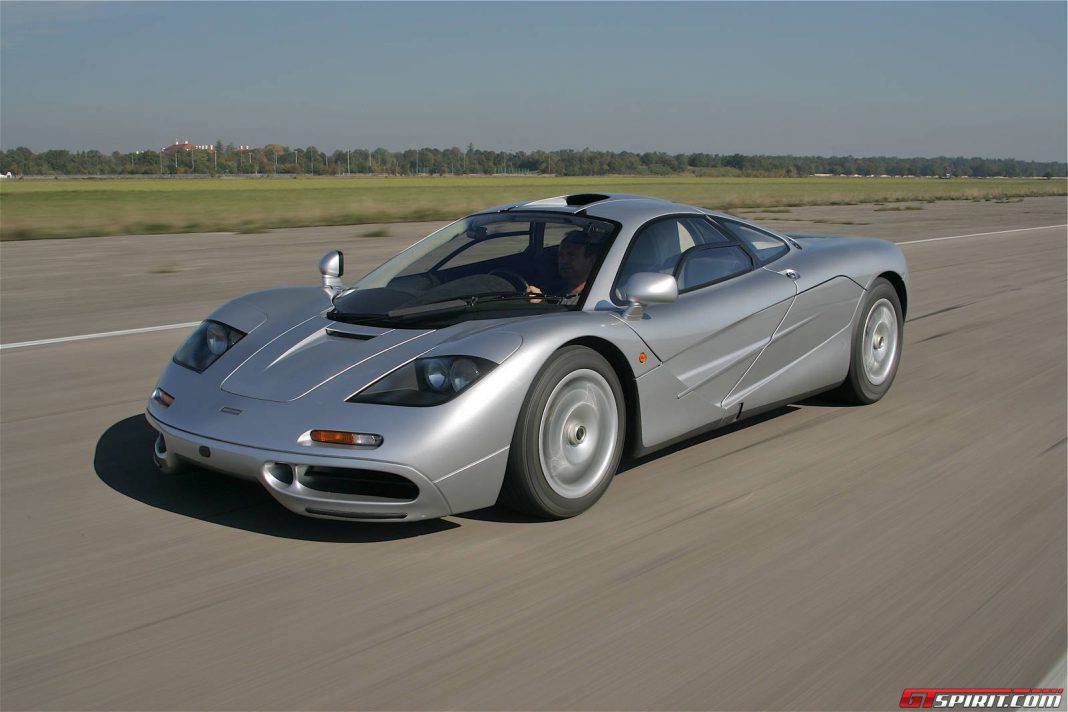
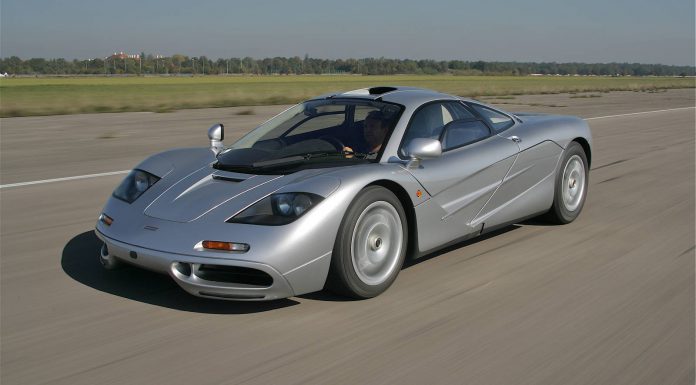











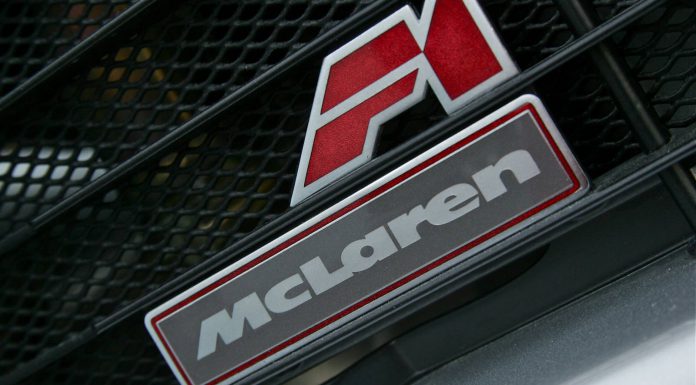
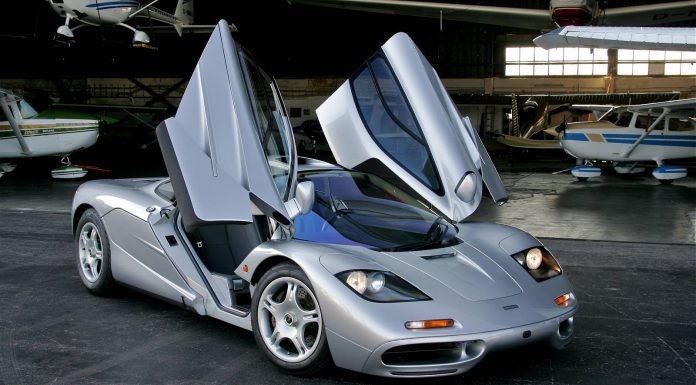
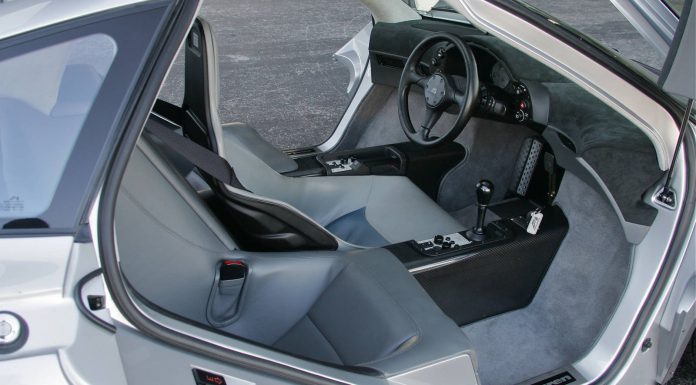
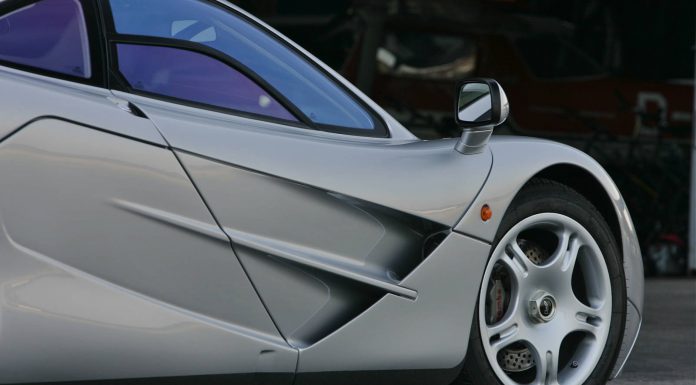











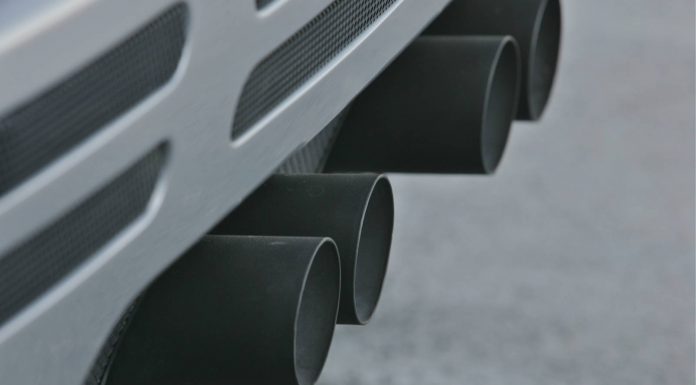
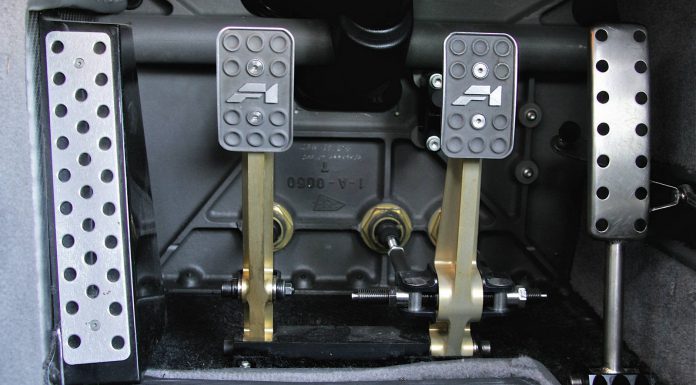
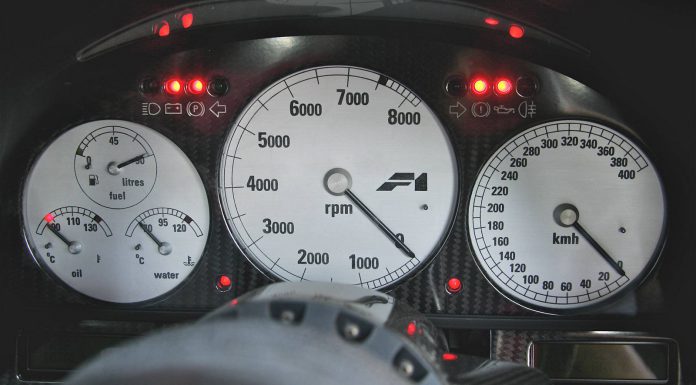










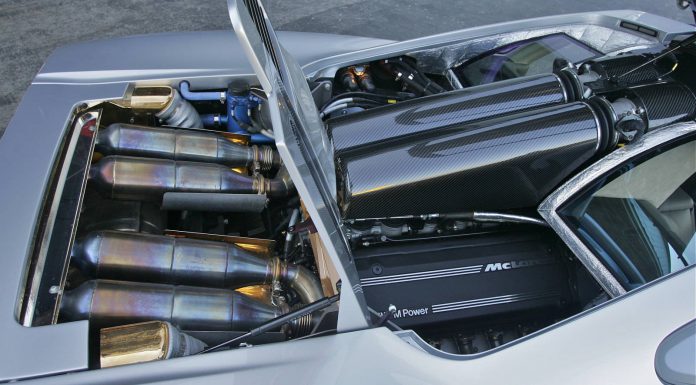


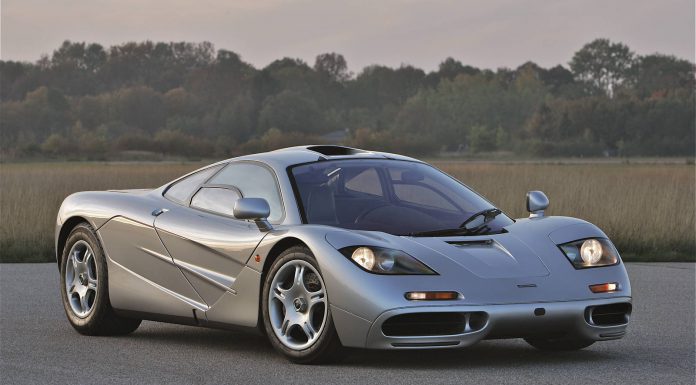
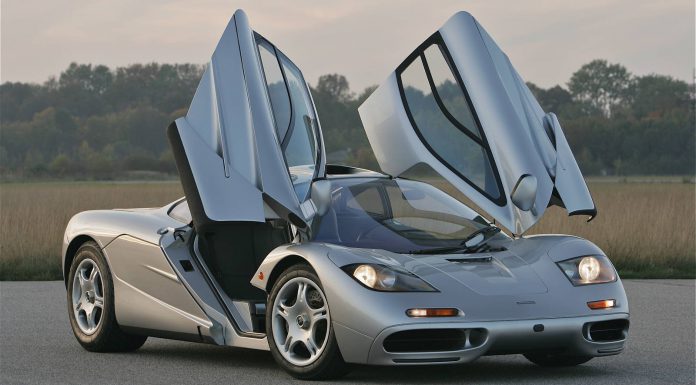











Compared to this F1 the new P1 is just another 12C on steroids.
Thanks for the info, the writer though was only talking about production cars, prototypes excluded.
The fact that over 20 of the 60 road cars have been crashed by their owners, and the stories I have heard about how these cars are to actually drive close to the limit tells a story of an absolutely terrible driving car. unbelievable snap oversteer, front wheel brake lockup all the time.
Alexander, that’s certainly one interpretation. Another is that the people who could afford this can’t drive or out-drove their capabilities, as illustrated by the owners who haven’t crashed their cars. There’s no secret it doesn’t have ABS etc so if you don’t drive to that, you’ve got what’s coming. Half the cars I’ve ever owned never had ABS, or stability control, and ok they didn’t have the F1’s performance but they didn’t have it’s handling or tyres either, and would have been a darn sight easier to wrap around a tree, so I treated them with care. A bad workman blames his tools etc.